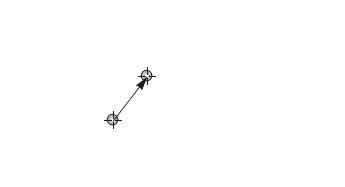My problem is:
I want two Locators to simulate a vector in the following sense:
The first
Locatoris the base and the second the tip of the vector.When I move the tip, the base does not move (hence the vector changes).
When I move the base, the vector is unchanged, and therefore the tip (and the
Locator) moves.
How can I achieve that?
I have tried storing the previous value of the base and then test if the current value is different. And if so updated the position of the tip. I can however not make that work, when using 'Module'. I suspect that there is a more elegant solution.

